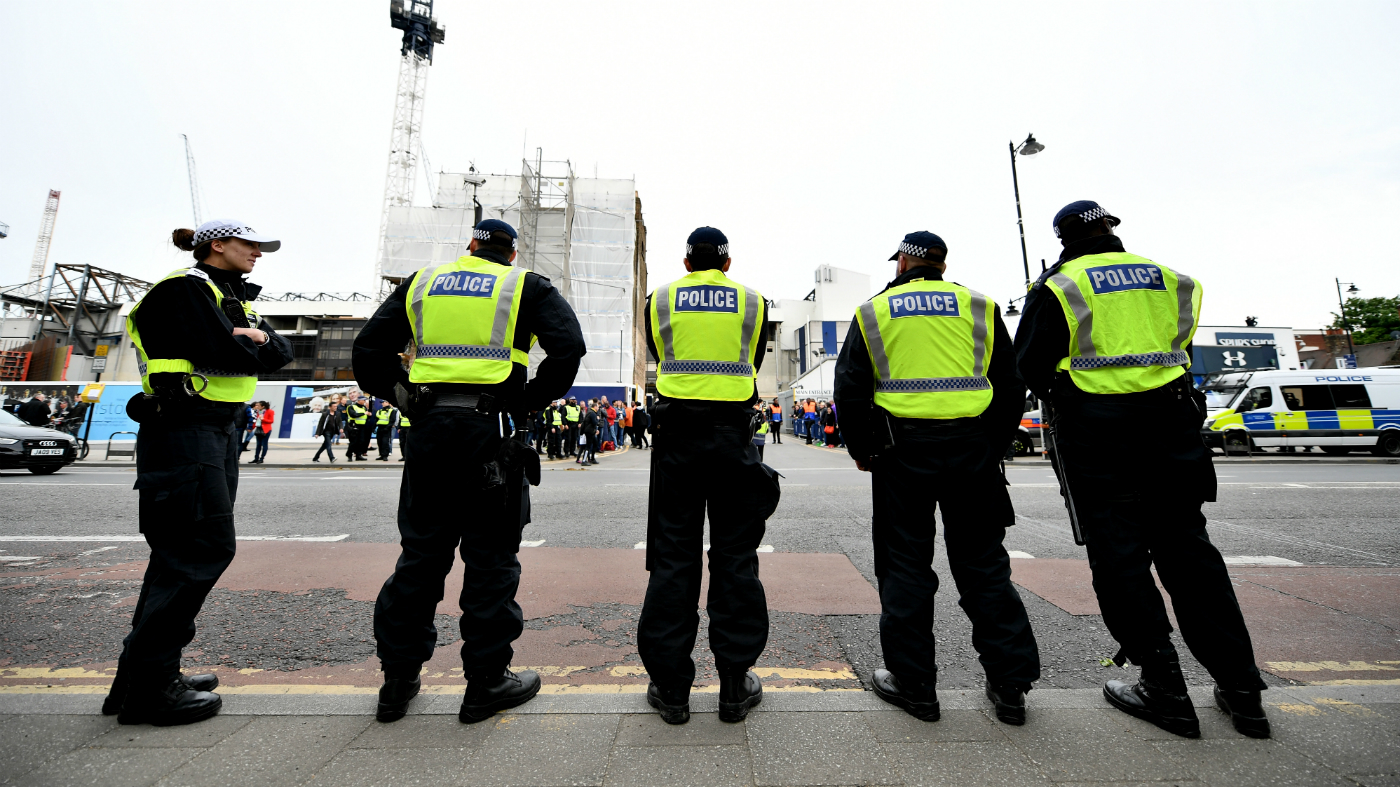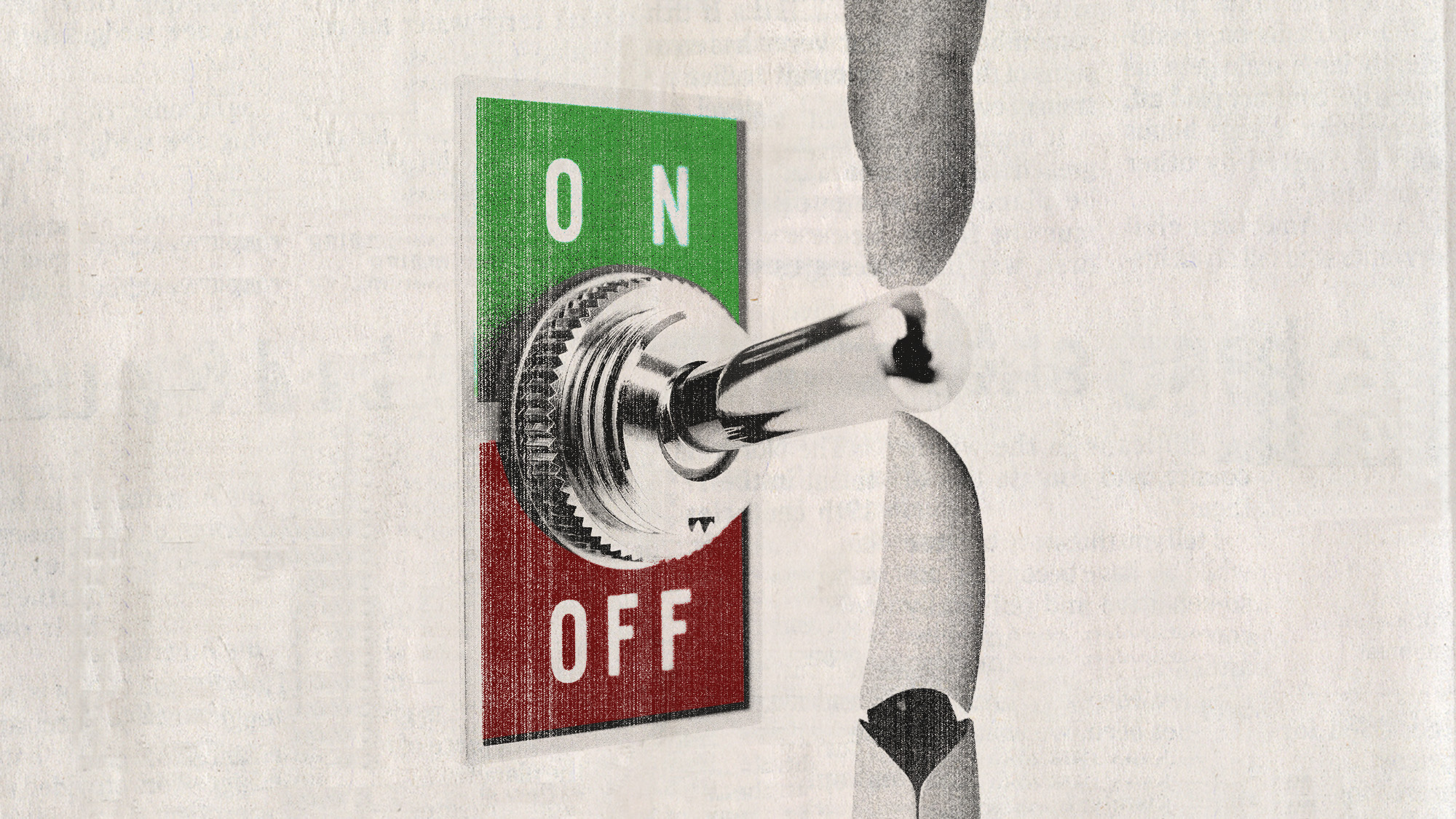Durham police to use AI for custody decisions
System has an 89 per cent success rate in identifying suspects who are likely to offend

Police in Durham are preparing to use artificial intelligence (AI) to assist officers deciding whether or not to send a suspect into custody, reports the BBC.
A system has been developed to categorise suspects into "low, medium or high risk of offending". It has been developed using five years of criminal history data.
Sheena Urwin, head of criminal justice at Durham Constabulary, told the BBC: "I imagine in the next two to three months we'll probably make it a live tool to support officers' decision making".
The Week
Escape your echo chamber. Get the facts behind the news, plus analysis from multiple perspectives.

Sign up for The Week's Free Newsletters
From our morning news briefing to a weekly Good News Newsletter, get the best of The Week delivered directly to your inbox.
From our morning news briefing to a weekly Good News Newsletter, get the best of The Week delivered directly to your inbox.
Police trialled the harm assessment risk tool (Hart) for a two-year period starting in 2013, says Alphr, during which researchers discovered it had a 98 per cent success rate in identifying low-risk subjects and an 89 per cent rate for high-risk subjects.
It's decisions are based on factors such as "seriousness of alleged crime and previous criminal history".
Hart "leans towards a cautious outlook", says Alphr, so it is more likely to label a suspect as medium or high-risk, reducing the danger of "releasing dangerous criminals".
Such technology is becoming a vital tool in helping police in their investigations.
A free daily email with the biggest news stories of the day – and the best features from TheWeek.com
Last month, a man was charged with murdering his wife after investigators were able to work out her final moments using her Fitbit health tracker.
Information on how many steps the victim had walked indicated she had been active for an hour after the time her husband said she died, says The Guardian.
It also suggested she had "traveled more than 1,200ft after arriving home", adds the paper, while her husband said she was murdered by intruders immediately after arriving.
-
 Separating the real from the fake: tips for spotting AI slop
Separating the real from the fake: tips for spotting AI slopThe Week Recommends Advanced AI may have made slop videos harder to spot, but experts say it’s still possible to detect them
-
 Inside a Black community’s fight against Elon Musk’s supercomputer
Inside a Black community’s fight against Elon Musk’s supercomputerUnder the radar Pollution from Colossal looms over a small Southern town, potentially exacerbating health concerns
-
 Poems can force AI to reveal how to make nuclear weapons
Poems can force AI to reveal how to make nuclear weaponsUnder The Radar ‘Adversarial poems’ are convincing AI models to go beyond safety limits
-
 Spiralism is the new cult AI users are falling into
Spiralism is the new cult AI users are falling intoUnder the radar Technology is taking a turn
-
 AI agents: When bots browse the web
AI agents: When bots browse the webfeature Letting robots do the shopping
-
 Is AI to blame for recent job cuts?
Is AI to blame for recent job cuts?Today’s Big Question Numerous companies have called out AI for being the reason for the culling
-
 ‘Deskilling’: a dangerous side effect of AI use
‘Deskilling’: a dangerous side effect of AI useThe explainer Workers are increasingly reliant on the new technology
-
 AI models may be developing a ‘survival drive’
AI models may be developing a ‘survival drive’Under the radar Chatbots are refusing to shut down


